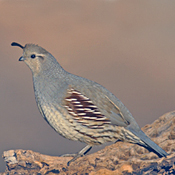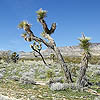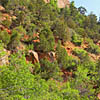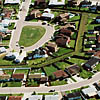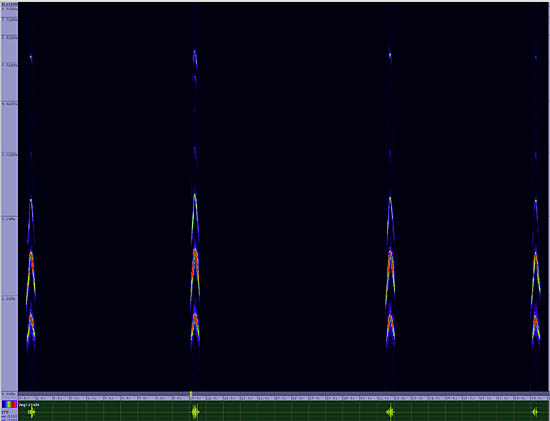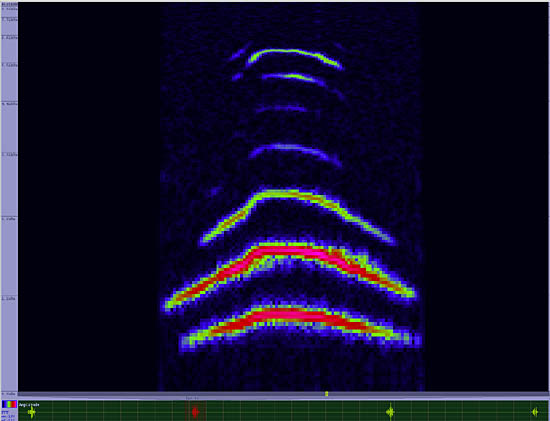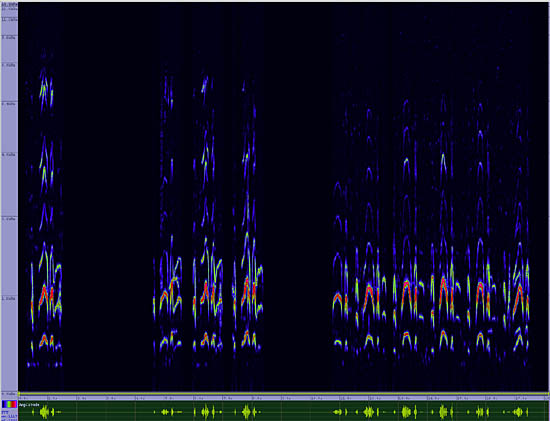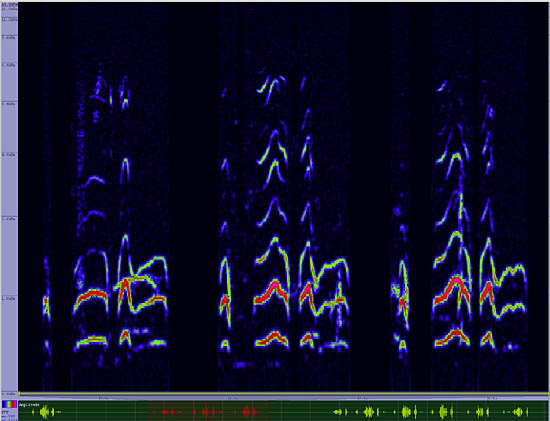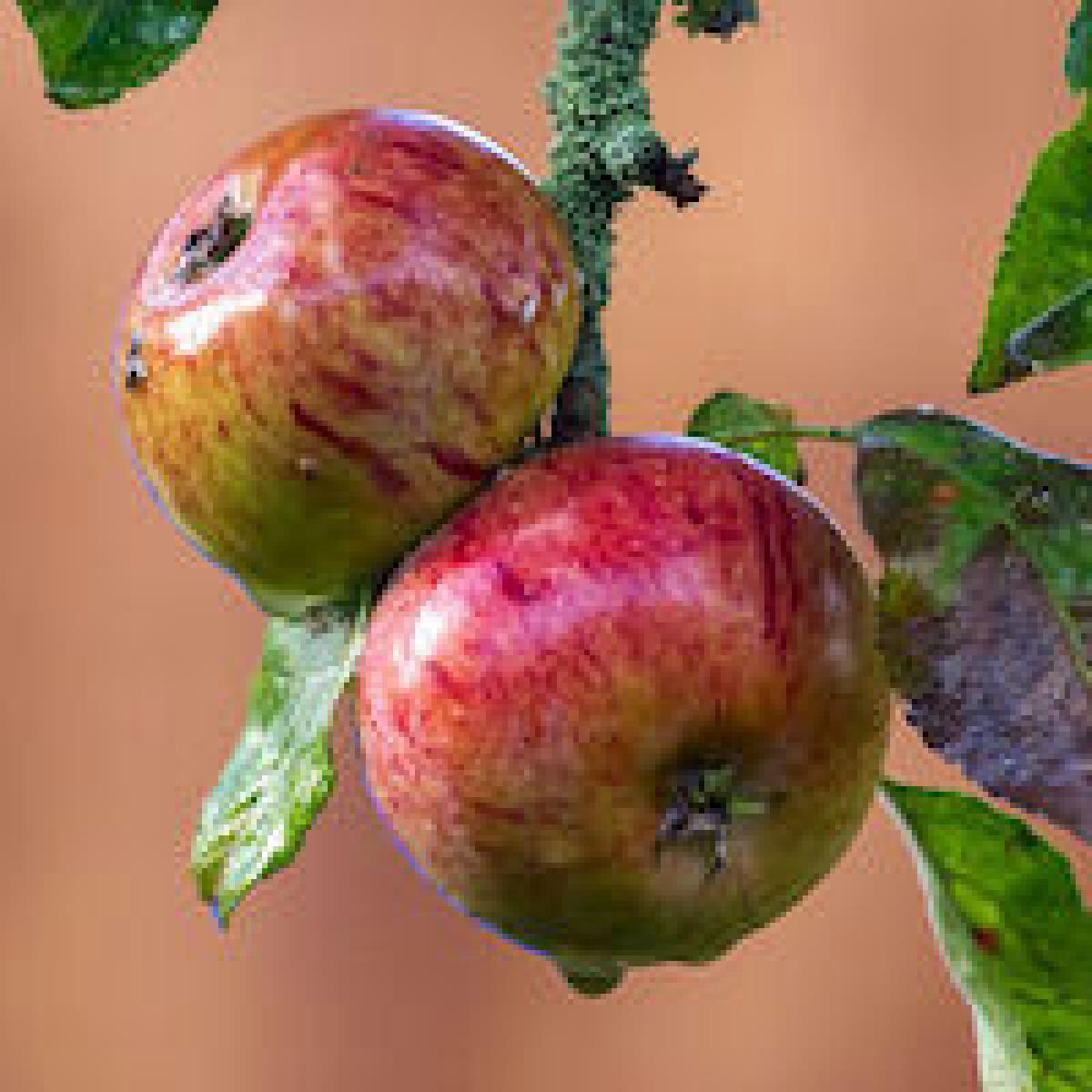Gambel's Quail
Callipepla gambelii

Pigeon Like
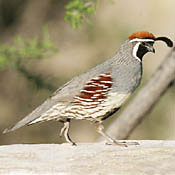
Length: 10 in. (25 cm )
In hot dry deserts, coveys of this quail are common, even entering suburban areas in search of water and food. It feeds on plant shoots, seeds, fruits and occasionally insects. During the hottest part of mid day they frequently rest in the shade or perch in a low bush. The nest is a shallow depression in the soil and lined with leaves and other vegetation.
The four-digit banding code is GAMQ.
Bibliographic details:
- Article: Gambel's Quail
- Author(s): Dr. Biology
- Publisher: Arizona State University School of Life Sciences Ask A Biologist
- Site name: ASU - Ask A Biologist
- Date published: 13 Jul, 2017
- Date accessed:
- Link: https://askabiologist.asu.edu/activities/bird/gambels-quail
APA Style
Dr. Biology. (Thu, 07/13/2017 - 15:36). Gambel's Quail. ASU - Ask A Biologist. Retrieved from https://askabiologist.asu.edu/activities/bird/gambels-quail
Chicago Manual of Style
Dr. Biology. "Gambel's Quail". ASU - Ask A Biologist. 13 Jul 2017. https://askabiologist.asu.edu/activities/bird/gambels-quail
Dr. Biology. "Gambel's Quail". ASU - Ask A Biologist. 13 Jul 2017. ASU - Ask A Biologist, Web. https://askabiologist.asu.edu/activities/bird/gambels-quail
MLA 2017 Style
Be Part of
Ask A Biologist
By volunteering, or simply sending us feedback on the site. Scientists, teachers, writers, illustrators, and translators are all important to the program. If you are interested in helping with the website we have a Volunteers page to get the process started.

